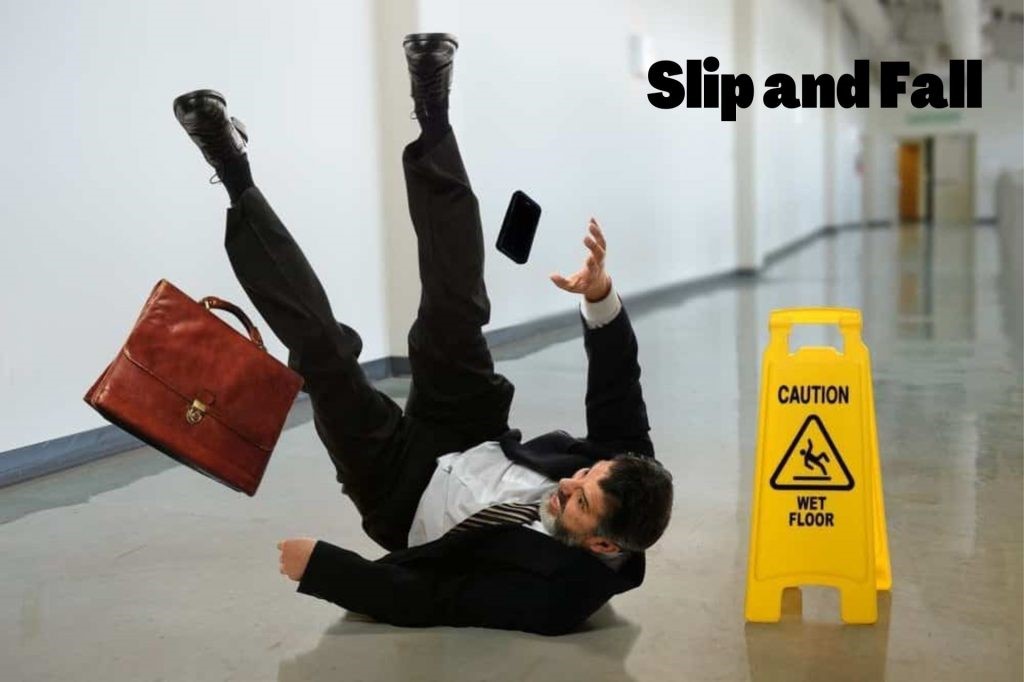Slip and fall incidents usually come with serious physical and financial consequences for the victim. What initially looks like a minor accident can have subsequent long-term health complications, continued medical expenses, and major lifestyle changes.
The victim of a slip and fall will be better prepared for recovery and all available legal options for compensation if they know the full scale of physical and financial losses.
Experienced slip and fall lawyers are indispensable when navigating such a claim. These legal professionals will be able to help the victim evaluate the consequences of an accident, calculate the costs incurred for treatment, and provide assistance throughout the legal process.
Here are some of the physical and financial losses a slip and fall accident victim will sustain.
Physical Losses
The physical impact of a slip and fall accident can vary greatly based on the fall’s severity and the age or health of the victim. Some of the most common physical injuries include:
Fractures
Many victims suffer fractures, especially in the wrists, arms, or hips, which often require prolonged healing. Some fractures necessitate surgery, physical rehabilitation, and the use of assistive devices to regain mobility, usually when complications arise.
Hip fractures related to older individuals can be so serious that they may never again attain previous levels of independence because of the injury.
Spinal Cord Injuries
A spinal cord injury can occur due to a severe fall and can render the patient partially or completely paralyzed depending on the location and intensity of the injury. These types of injuries involve long-term medical intervention in rehabilitation and specialized care. They often turn daily life upside down, making even the most trivial tasks hard to perform.
Head and Brain Injuries
Consequences of falls include various head injuries, such as concussions, contusions, and traumatic brain injury.
TBI can result in permanent damage to how one thinks and moves. For individuals who have suffered from brain injury, the process of recovery might be very long and painful, requiring cognitive therapy and further medical care in an attempt to deal with symptoms such as memory loss, mood swings, and loss of coordination that interfere with both personal and professional life.
Financial Losses
Apart from the physical injuries, a slip and fall victim will have to contend with a series of financial losses that may be overwhelming during recovery. The losses include:
Medical Expenses
The medical costs for emergency care, surgeries, and hospital stays are extremely high. These are but just the beginning. Many times, victims have to undergo further treatments, like physical therapy, follow-up consultations, medications, and sometimes special equipment or home care. All this add up over time. These expenses exhaust savings and bring on financial hardship in their wake, especially for those without health insurance.
Lost Wages and Reduced Earning Capacity
During the recovery period, one may be out of work, which leads to reduced income or strained finances. In the worst scenario, a victim goes through permanent loss in their earning capabilities, as the injuries might prevent one from continuing with the previous role down. This, for some, affects retirement savings and increases one’s vulnerability to long-term financial insecurity.
Home Modifications
Some victims may need home modifications to enable them to live independently. This may include the installation of ramps, stairlifts, handrails, and bathrooms. These installations are very expensive, costing thousands of dollars, yet they are necessary for sustaining the quality of life.
The cost of such adjustments can be particularly devastating for those people who do not have insurance to cover these expenses.
Transportation Costs
Regular doctor appointments translate to constant visits to facilities, which are costly. Especially when the victim cannot drive and thus must revert to public transportation or rideshare services, the costs are higher.
These costs add up over time, especially when a person requires consistent therapy or visits from specialists that are quite far from their location.
